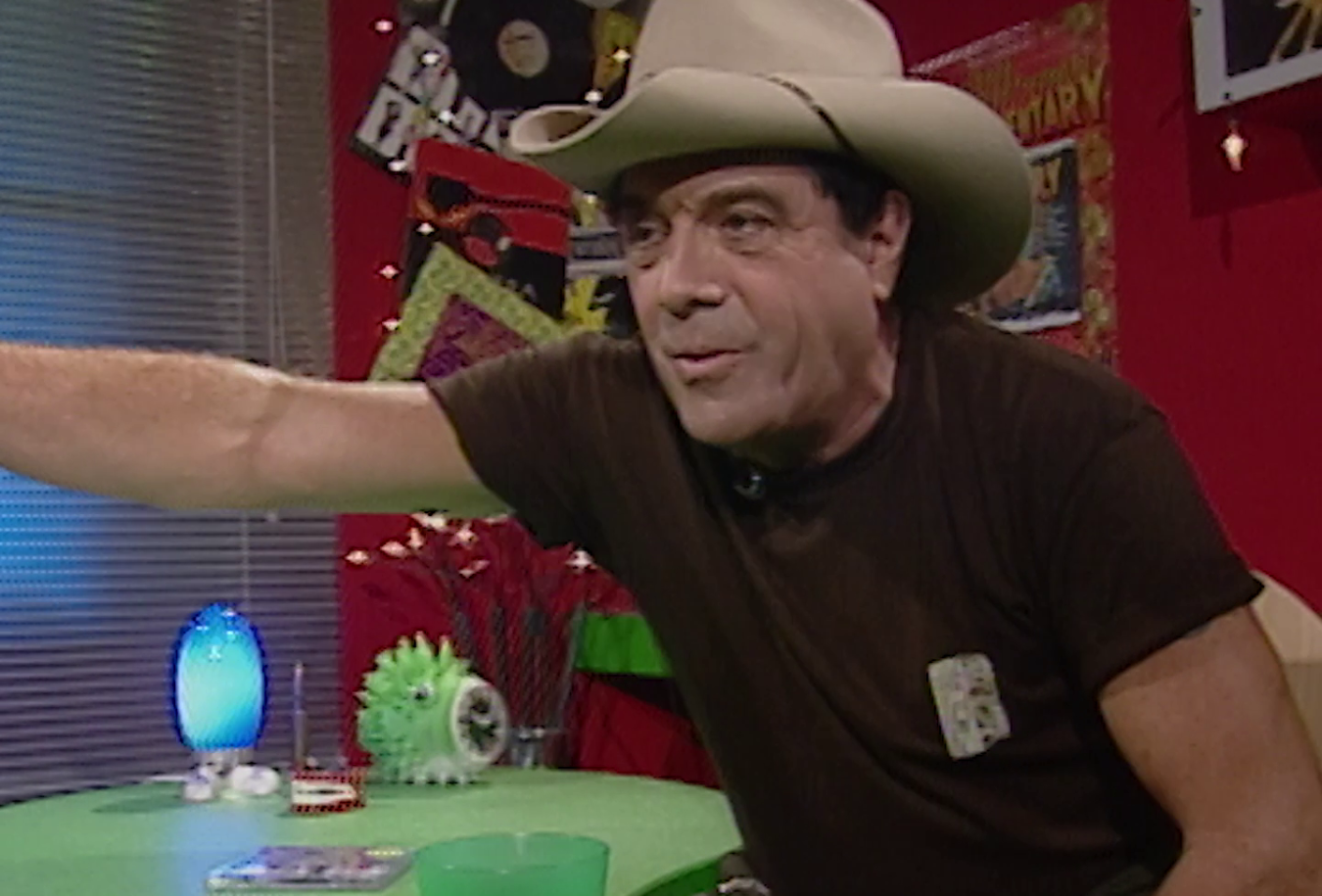
Adelaide: Life in Australia in 4K
Life in Adelaide: Adelaide is a beautifully restored snapshot of South Australian life in the mid-1960s. Directed by James Jeffrey and produced by the Commonwealth Film Unit for the Department of Immigration, it’s part of the Life in Australia series: government-made films created to encourage (mostly British) migration through sunny, idealised portraits of Australian life.
In this version of Adelaide, the streets are tidy. The people are cheerful. The jobs are plentiful and the sun always seems to shine. From factory floors to football fields, the city appears secure, suburban and deeply self-assured – a carefully staged vision of the good life. The 4K restoration brings out every detail. Letterpress signs. Lacquered hairstyles. The gleam of Holden hubcaps and polished verandahs. It’s a rich and polished view of mid-century Australia, but one with notable omissions.
Made during the final years of the White Australia policy, the film reflects a narrow version of the nation. There’s no sign of First Nations peoples. No real cultural diversity. No hint of the political and social changes already reshaping the decade. Women are shown mostly in domestic roles, and public life feels calm to the point of sedation. Viewed today, it plays more like a mid-century sitcom than a documentary: a vivid time capsule that shows not just how Australia looked, but how it wanted to be seen.
The National Film and Sound Archive of Australia acknowledges Australia’s Aboriginal and Torres Strait Islander peoples as the Traditional Custodians of the land on which we work and live and gives respect to their Elders both past and present.


